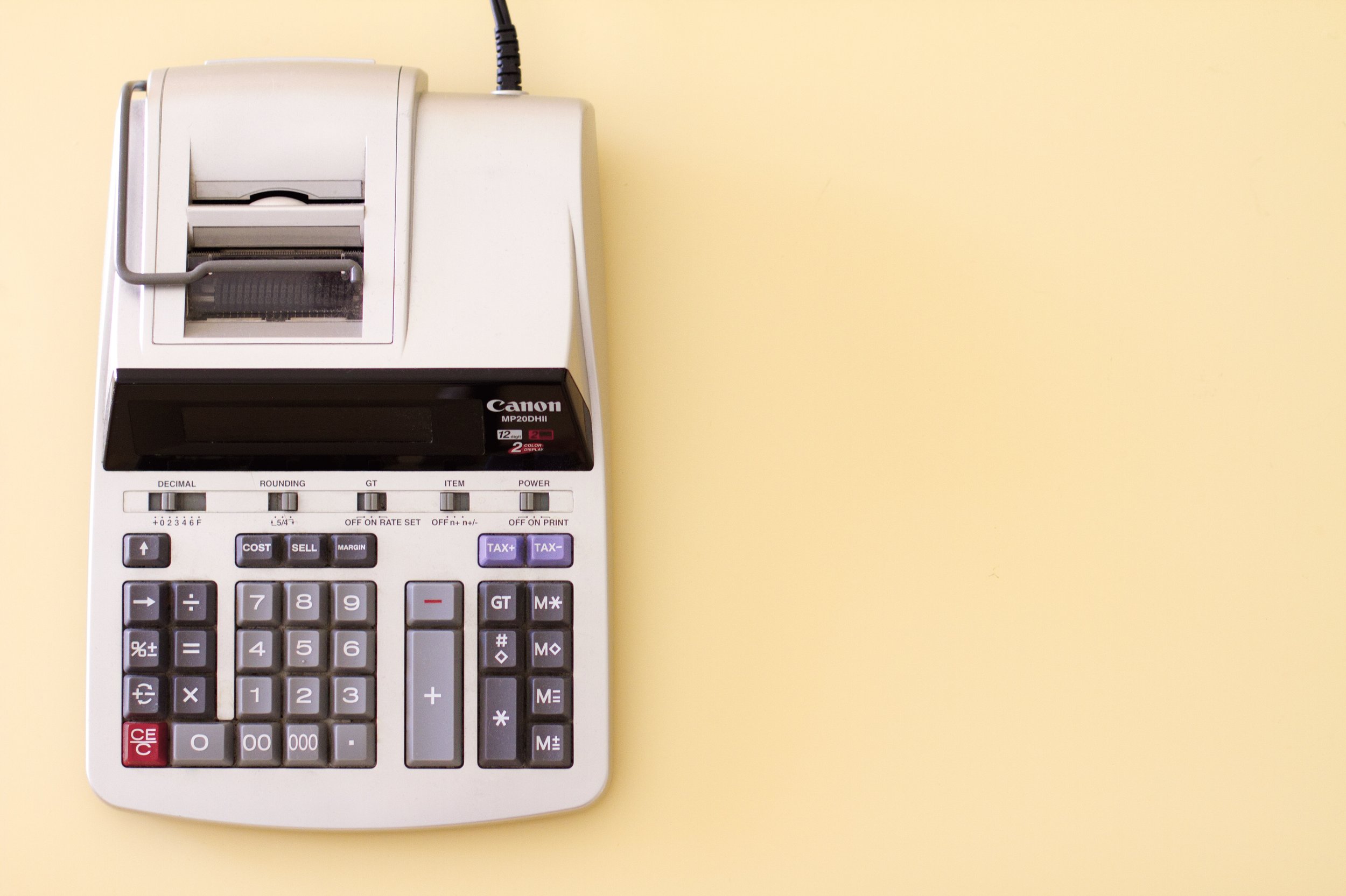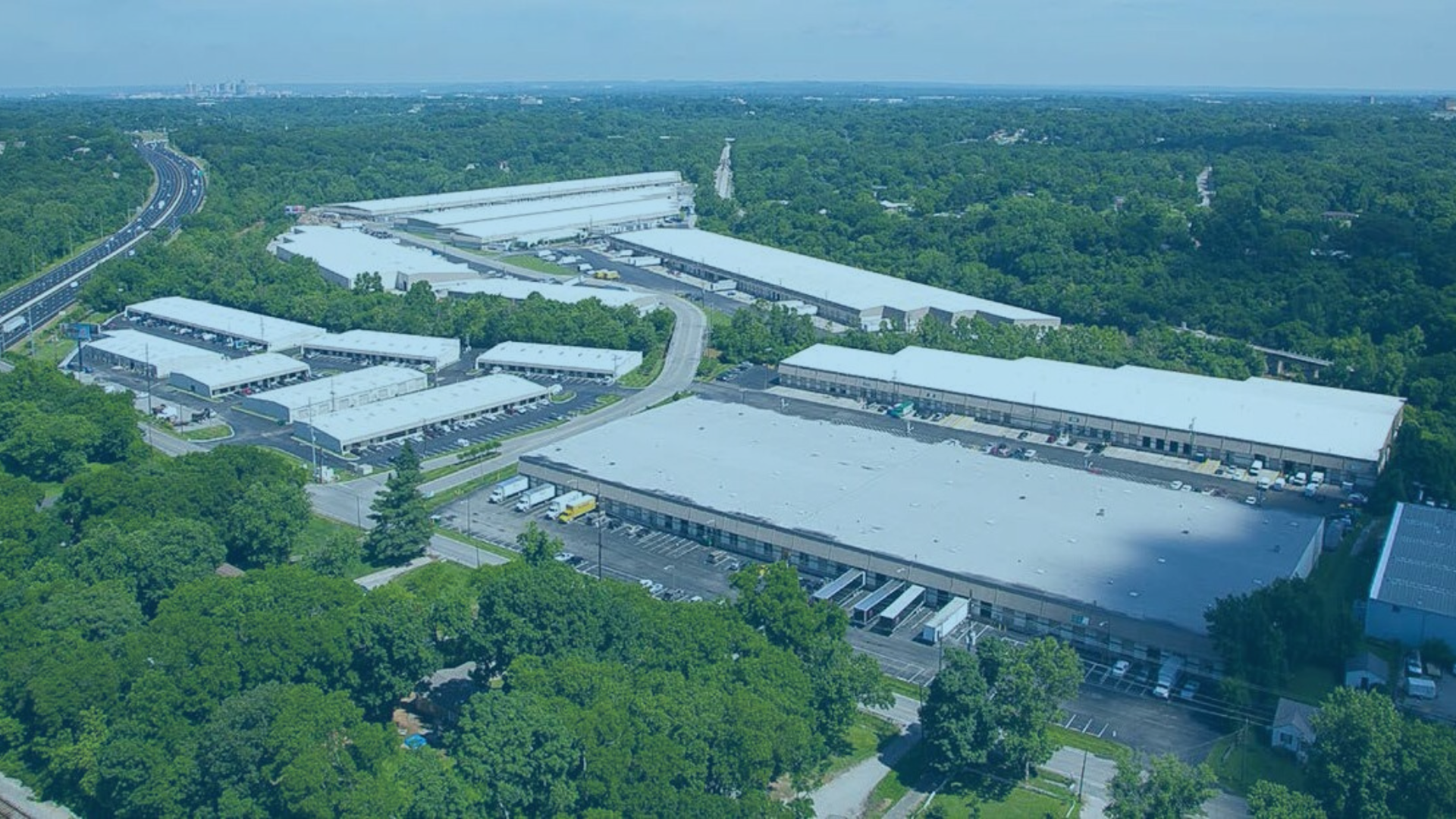The 5 Best Commercial Real Estate Investment Strategies
Commercial real estate offers many different investment strategies.
There are almost an unlimited amount of different ways you can invest depending on asset type, property class, location, investment strategy, and more.
Finding the right investment strategy for you is very important.
Here are the 5 best commercial real estate investment strategies:
Depending on your goals, you may choose to stick with one method or diversify with multiple strategies.
1. The Commercial BRRRR
The BRRRR method was made famous by BiggerPockets.
This strategy is the one that I tend to lean toward when evaluating my own investments.
BRRRR is also known as value-add and stands for:
Buy
Rehab
Rent
Refinance
Repeat
The BRRRR strategy is very scalable and can be used on single tenant office buildings to garden-style apartments with hundreds of units.
Buy an Undervalued Property
The key here is to find a property that is undervalued.
This property could be in a distressed-seller situation, but likely needs a significant amount of value add.
You’ll want this investment at well below replacement costs.
Renovate the Building
The second step of the BRRRR method is to renovate the building.
Now - keep in mind that you’re not renovating to the comps.
You’re simply renovating to increase the perceived value to tenants.
The most common renovations for commercial buildings include:
Interior and Exterior Paint
Updated Flooring
New Signage & Directories
New Lighting
While you may want to renovate above and beyond that, those few updates will make any building look brand new.
Rent the Space to Tenants
Now that you’ve updated the look and feel of the building, time to get it leased.
Unless you have a background in commercial leasing, it’s best to lean on a leasing brokerage or property management company here.
The quicker that you can lease out the space, the faster you can move on to the next step.
Refinance the Investment
Now for the fun part.
After you’ve renovated the building and leased it up, it’s time to pull all of your cash back out of the investment.
That’s right.
If you performed the earlier steps right, you should be able to refinance based on a cap rate and pull all your initial capital out of the deal while still owning the building and receiving that cash flow.
Repeat the Process!
You’ve got your capital back.
You’ve built up your balance sheet.
Time to repeat the process again and build that portfolio of commercial real estate.
2. Development
Development allows you to completely re-imagine a piece of land.
You may be creating that project from a raw piece of land or re-envisioning what already exists on the property.
However, development is very risky.
While it has the most potential to create wealth in real estate, it also has the highest potential for you to lose everything.
It’s crucial that you understand what you’re doing and have the right team.
Buying the Dirt
The first step in real estate development is finding the dirt.
There are many points of consideration when finding the ideal piece of land for your project:
Location
Zoning
Topography
Utilities
Traffic
Demographics
And that’s an oversimplification of what you need to investigate.
Each of these items will determine not only if your project will be successful, but whether or not you can actually even develop the site in the first place.
Creating the Site
Once you’ve found the ideal parcel that fits your criteria, it’s time to put your vision to work.
At this stage, you’ll be working closely with a civil engineer, an architecture firm, and your leasing / sales team.
These advisors are crucial to determining:
Development Feasibility
The Proper Site Layout
The Horizontal and Vertical Design
Your Marketing Strategy
The most successful developers have a curated team of experts surrounding them, which allows them to better coordinate the many different aspects of real estate development.
Securing Construction and Development Financing
Commercial lenders want to see an outstanding track record.
Especially considering how risky commercial development is.
After all - they’re not in the development business and don’t want to have to step in halfway through a job to see it through completion if you go bankrupt.
Your team and strategy will be of utmost importance here.
In addition to your engineers, architects, and leasing / sales team, lenders will review:
Your Operational Team
Your Financial Partners
Your Project History
Having an excellent presentation will give your lender peace of mind and help you better plan for the success of your deal.
Overseeing the Construction
Your team will help you oversee the construction of the site.
Doing so will ensure that the project is built to your standards and should help keep the project closer to its original development timeline.
Choosing the right general contractor should be high on your priority list.
If your project runs into unexpected delays, cost overruns, or shoddy work, your pockets will take a major hit.
This contractor will manage:
Horizontal Site Development (moving dirt, placing all utilities)
Vertical Site Development (the bricks and sticks of the building)
Interior Finishes and Warranties
Marketing and Completion
While under construction, your team should hit the ground running with a marketing plan.
Whether you’re leasing or selling these units, any and all pre-sales / pre-leases you can possibly get will significantly reduce your risk.
Not to mention create momentum.
Activity breeds more activity and if prospects don’t see much movement on the property, it could make them wonder why no one else is interested.
Be sure to interview and hire the best leasing or sales team in your market that has a solid track record and understanding of your product type.
3. Land Banking
Land banking is an investment strategy for patient and hands-off investors.
Essentially you buy land in the path of development and wait.
No late night maintenance calls. No building repairs. Very little work!
As the development moves toward you, your property increases in value and you then sell it or partner with a developer to re-envision the property.
Your investment in the land is basically a bank account secured by the dirt.
Qualifying the Land
When placing capital in dirt for the land banking strategy, you need to choose carefully.
Be sure to understand how zoning and planing works within your municipality, as that will determine whether your investment will be successful or not.
Review those documents to see how the city views the future of different districts.
If the city has a plan for the future of an area where they intend to turn farmland into a high density commercial area or run a major thoroughfare from the interstate, it could be an opportunity to land bank.
Should You Finance the Deal?
Some investors choose to place debt and leverage their land investments.
Others simply pay all cash.
The path you take is completely up to you.
There’s certainly something to be said for owning a piece of dirt outright when it isn’t producing any income.
Many land bankers found themselves in trouble in 2008 when they had to continue paying mortgage expenses, taxes, property insurance, and maintenance without any money coming through the doors.
However, if you can leverage and place the remaining capital in a different investment that will pay for your carry costs on this land, that could be a solid option.
Planning for The Future
When land banking, you’ll certainly want to maintain the image of your land.
Be sure to keep the grass mowed, trash cleaned, and remove any squatters from the dirt.
You never know when your land will become valuable to someone else.
And you’ll want to strike at that opportunity.
While waiting for the value to increase, you could also put together proposed plans for the development of the site.
These plans will help any brokers, developers, and visionaries see what could be placed on the site, which could make it more attractive.
4. Long-Term Buy and Hold
The long-term buy and hold has the most creative name on the list.
You buy an investment and hold it for the long-term.
You can utilize this investment method with single-tenant net properties and skyscrapers, alike.
There are different reasons to invest in different buildings depending upon how involved you’d like to be in the day to day operations.
Determine What Type of Property you’ll Invest In
The beauty of this strategy is that it can be used on any kind of property.
Whether you’re looking to buy Class A office space downtown at a 4.5% cap rate or a distressed, suburban shopping center with 52% vacancy, it could work.
Here are a few factors to consider:
Your Involvement - If you want to be more active, you may be able to achieve higher returns on your investment. However, you can only invest in your area. If you’d like to take a hands-off approach, you can purchase single-tenant absolute net investments anywhere in the country.
Risk Tolerance - Are you looking to aggressively grow your wealth? If so, you may be more willing to take risk. If, on the other hand, you’re simply looking to maintain your wealth, you’ll want to place capital in a more stabilized asset.
Your Overall Goals - Do you intend to hold this property forever? You may take a different maintenance and leasing strategy for the investment than if you plan to sell in the next 10 years.
Underwrite the Investment
You’re typically buying long-term hold investments for the cash flow they produce.
So, it’s critical that you properly underwrite the investment and examine any risks involved with the asset.
Review the leases in-place and consider the length of term, tenant credit, bumps in rent, and any future vacancies that could arise.
If you’re unsure about how to underwrite a commercial real estate investment, work with a commercial real estate brokerage or hire an underwriter to assist you.
Ongoing Operations of the Property
As the investor, you likely won’t want to be involved in the day to day operations.
Especially if you intend to purchase more commercial property.
From day one, you should hire a property management company and a commercial leasing team (if necessary) to oversee the ongoing operations onsite.
Hiring an outstanding property management company can make all the difference with regards to:
Excellent Tenant Relations
Lower Vacancy Rates
Preventative Maintenance
Financial Reporting and Taxes
They’ll work hand-in-hand with your leasing team to ensure that your investment performs at its absolute best.
And they’re incentivized to do that!
If this investment is successful, chances are good you’ll buy more for them to oversee.
5. Owner-Occupied
Ever heard of “house hacking?”
Owner-occupied commercial real estate is the exact same strategy.
Except, for, you know, on commercial property.
You move your business in to the property, maybe lease to another tenant or two, and use your business to help pay down the mortgage.
Choosing the Right Site
When using this strategy, it’s important to find a building that also works for your business.
If your business can’t succeed or operate out of the investment, you won’t have it for very long, anyway.
This strategy is almost a “business first, investment second” thought process.
These investments can be a multi-tenant situation or you could be in a standalone building - totally your call.
Most investors that take this route prefer to have at least one other tenant, in addition to their business, to help cover the costs of the building.
How Financing Works
Depending on how much of the space you’re taking, you could use owner-occupied financing.
These terms are, for good reason, better than typical commercial loans.
Why?
Because the lender’s risk is lower since your business is operating there.
Depending on your lender’s requirements for owner-occupied, your business may need to inhabit at least 51% of the leasable space.
However, I’ve seen lenders offer as low as 30% of the space.
You’ll find interest rates and down payments are lower when exploring this investment strategy.
Special Considerations
When owner-occupying your investment, you may want to purchase the property in one entity and own your business in another.
Then your property’s entity will lease to the business.
Of course, you’ll want to consult with your CPA before deciding which route to take, but there are many advantages to this set up.
Your business pays rent and can write that off on its taxes.
Your property provides you with passive income, which is taxed at a lower rate.
And if you ever decide to sell the business, you could have a tenant in-hand with the new buyer since you can sign a long-term lease for that space.
Share This Article:
About The Author:
Tyler Cauble, Founder & President of The Cauble Group, is a commercial real estate broker and investor based in East Nashville. He’s the best selling author of Open for Business: The Insider’s Guide to Leasing Commercial Real Estate and has focused his career on serving commercial real estate investors as a board member for the Real Estate Investors of Nashville. Learn more at www.TylerCauble.com
















If you're serious about real estate investing, it's time to look beyond those quaint single-family homes.
Bold statement? Absolutely. But stick with me here.
Now, don't get me wrong. Investing in a single-family home beats twiddling your thumbs on the sidelines of the real estate game. And yes, I'll even go out on a limb and say that residential real estate still outshines many other investment vehicles out there.
But that's not why we're here today, is it?
I'm about to lay out five reasons why commercial real estate should be your go-to play.